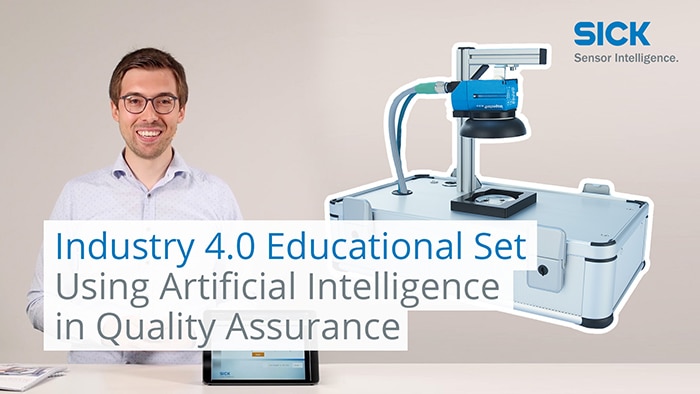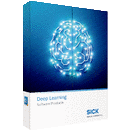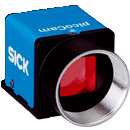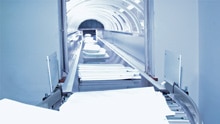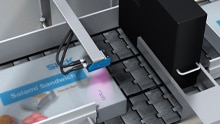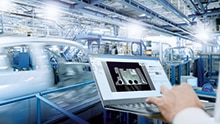The health science division of the world's largest food company Nestlé offers specialized products for people with specific nutritional requirements. For example sip feeding and supplemental food, which are manufactured at the Osthofen plant in the Rhinehessen region.
The powder produced here under state-of-the-art conditions automatically ends up in special cans at the end of the manufacturing process. Before filling each container, a measuring scoop for easy and precise dosing is added. As part of the quality control process, each can is checked to ensure that a scoop has actually been applied.
“While a human eye can easily recognize whether a scoop has been enclosed,” says Marcus Kauf, an automation technician at Nestlé, “at a filling speed of over 80 cans per minute it is no longer possible to do so without errors.”
“Spoon check”: a real challenge
That’s why the check was performed instead by a specially installed camera that counted the colored pixels of the plastic spoon. Nestlé has recently started using a colorless scoop, however, to improve the recycling rate. There are therefore now gray-tinged transparent scoops sitting on top of aluminum foil closing flaps with a similar hue ... or perhaps not always? Being difficult to identify on the corrugated, embossed, and reflective metal – the traditional solution with sensor-based image processing had hit its limits.
